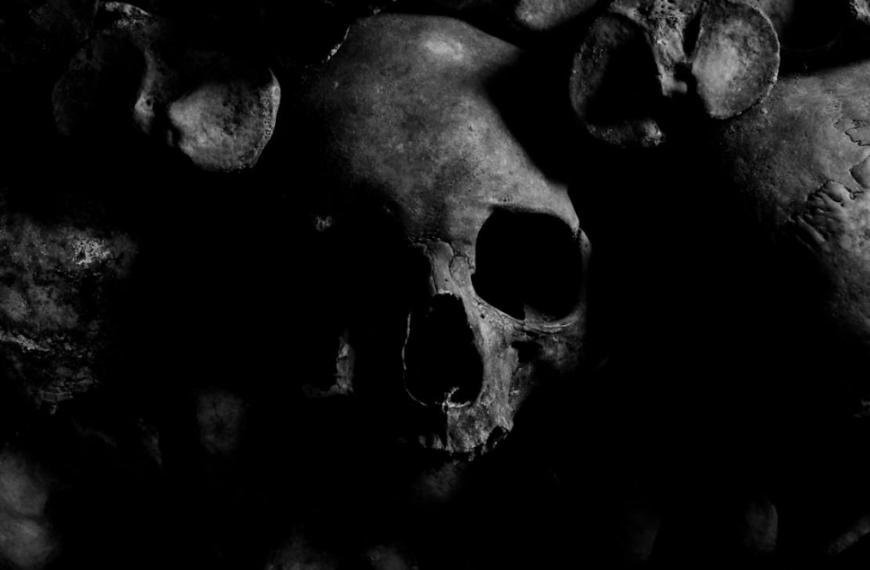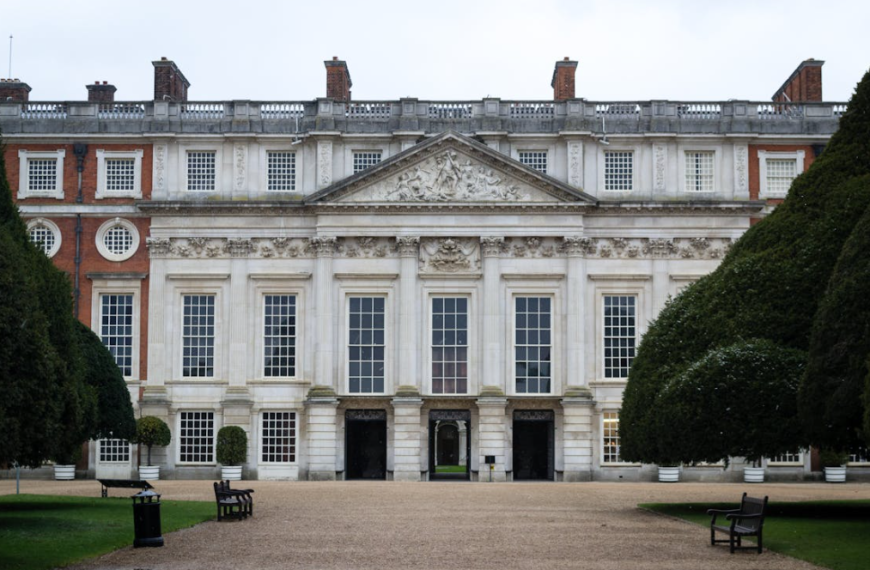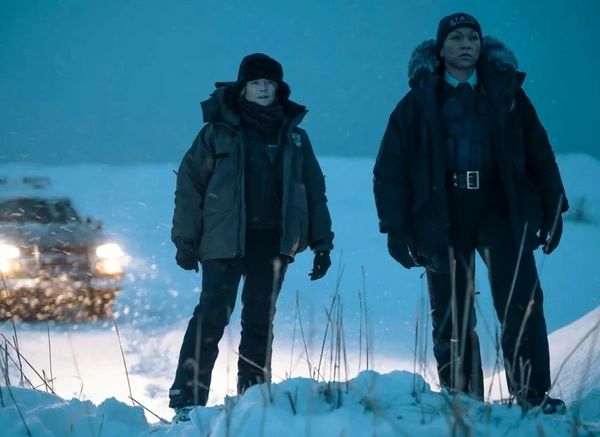You may be familiar with Ernest Shackleton, Lawrence of Arabia, and Lewis and Clark, but have you heard about Gertrude Bell, Osa Johnson, or Valentina Tereshkova? These remarkable women explorers come from various backgrounds, including heiresses, socialites, rebels, and gender trailblazers. What unites them is their brave spirit and their love for adventure.
Gertrude Bell
Gertrude Bell was a writer and archaeologist who explored the Middle East, Asia, and Europe during the same time as T.E. Lawrence, known as Lawrence of Arabia. She wrote books that helped people in Great Britain understand the empire’s faraway territories, and her writings are still important today.
Bell graduated from Oxford University and was fluent in Persian and Arabic. She met Lawrence while they both worked in Cairo during World War I. Her most famous work was at the Conference in Cairo in 1921, where the groundwork for Iraq as a nation was laid. She also advocated for relics and ancient objects to stay in their home countries. Her efforts led to the creation of the National Museum of Iraq.
Nellie Bly
Nellie Bly, an American journalist also known as Elizabeth Jane Cochrane, is famous for her groundbreaking undercover work. She exposed the mistreatment of patients at the Women’s Lunatic Asylum on Blackwell’s Island in New York City. But on November 14, 1889, Bly took on a new challenge for Joseph Pulitzer’s newspaper, The New York World.
Inspired by Jules Verne’s book “Around the World in 80 Days,” Bly decided to travel the world faster than the fictional record. She traveled by ships, trains, rickshaws, horseback, and mules, going from England to France, Singapore to Japan, and California back to the East Coast. She completed her journey in just 72 days, 6 hours, 11 minutes, and 14 seconds. Bly’s bold adventure made headlines and led to her writing a memoir called “Around the World in Seventy-Two Days.”
Isabella Bird
Isabella Bird was a brave traveler and a writer who defied social norms and overcame her health issues to explore the world, often on her own. She wrote her first book after visiting the United States in 1854. Then, she traveled to Australia and Hawaii, where she even climbed an active volcano. She explored the Rocky Mountains in Colorado and later visited Japan, China, Indonesia, Morocco, and the Middle East. She wrote many books about her adventures, like “The Lady’s Life in the Rocky Mountains” and “Unbeaten Tracks in Japan.” In 1892, Bird became the first woman to be honored by the Royal Geographical Society of London for her remarkable contributions.
Fanny Bullock Workman
Fanny Bullock Workman, an American mountaineer, traveled extensively with her husband, William Hunter Workman, M.D. Together, they broke several altitude records for women and became well-known geographers, mapmakers, and travel writers. Coming from wealthy backgrounds, they went on adventurous trips, including cycling in Spain and India and climbing the Himalayas.
Fanny was known for promoting herself and sometimes clashed with others in her field. However, she meticulously recorded her achievements with precise measurements and thorough documentation, which supported her claims. She was also a captivating speaker and became the first American woman to lecture at the Sorbonne in Paris. Additionally, she was only the second female explorer ever allowed to speak at—and later join—the Royal Geographical Society of London.
Jeanne Baré
Jeanne Baré was a French sailor and botanist in the 1700s. She was the first woman to sail around the world, but she did it by pretending to be a man. This allowed her to stay close to her partner, Philibert de Commerson, whom she loved. They both shared a passion for botany.
Commerson got a job from the French government to sail around the world and do research. To make it possible for Baré to join him, they decided she would disguise herself as a man named “Jean.” This worked for over a year, but when they reached the South Pacific, some people discovered her secret. There are different stories about how they found out.
When Baré returned to France, the Navy recognized her extraordinary achievements in collecting new plant species. They gave her a pension of 200 livres per year as a tribute to her work.
Aimée Crocker
Aimée Crocker, an American heiress, was known for her extravagant parties and numerous relationships and marriages. She was often talked about in society circles and was friends with Oscar Wilde. But when she grew tired of all the attention, Crocker decided to travel to the Far East.
During her journey, she stopped in Hawaii, where she met King Kalākaua. According to her memoir, the king was so captivated by her that he gave her an island and the title Princess Palaikalani, which means “Bliss of Heaven.” Crocker’s book tells many other incredible stories, like encounters with headhunters in Borneo, a person who tried to harm her in Shanghai, and a snake in India. After being away for 10 years, Crocker returned to America with exciting tales, tattoos, a newfound interest in Buddhism, and a renewed appeal to high society.
Ida Pfeiffer
Despite being excluded from the Royal Geographical Society of London because she was a woman, this Austrian traveler began exploring the world once her children were grown. She often traveled alone, even though she knew it could be dangerous. Before her first trip to the Holy Land, she made sure to write her will. From there, she journeyed to Istanbul, Jerusalem, and Giza, where she rode a camel to see the pyramids. On her way back, she went through Italy.
After these travels, Pfieffer wrote her first book in 1846, which was successful and funded her next journey to Iceland and Scandinavia. Her experiences there became the subject of her next book. She went on to explore Brazil, China, India, Iraq, Borneo, and Indonesia. Her books were translated into seven languages, and she was recognized by the geographical societies of Berlin and Paris.
Sacagawea
While Meriwether Lewis, William Clark, and Thomas Jefferson usually get the credit for the Lewis and Clark expedition, a young Shoshone woman played a vital role too. Sacagawea, along with her trader husband Toussaint Charbonneau and their baby son Jean Baptiste, met Lewis and Clark while they were staying with the Mandan and Hidatsa tribes in present-day North Dakota.
Lewis hired Charbonneau as an interpreter, and Sacagawea joined the expedition with them. She also served as an interpreter when they reached southern Montana, her homeland. With her help, the expedition explored and mapped the newly acquired Western territories, which was crucial for the United States to claim them.
Osa Johnson
Osa Helen Leighty, an American explorer, found her traveling companion in photographer Martin Johnson. They tied the knot on May 15, 1910, and from 1917 onwards, they embarked on global adventures together, filming their journeys. Their documentaries had bold titles like Among the Cannibals of the South Pacific, Jungle Adventures, Headhunters of the South Seas, and Wonders of the Congo.
They worked as a team: Martin captured images, while Osa hunted for food and protected her husband when needed, like when they encountered a charging rhino. Osa took it down with her rifle, while Martin filmed the whole scene. They shared their adventures through lecture tours and Osa’s bestselling memoir, I Married Adventure, released in 1940. Their films and photos are featured in Disney’s Animal Lodge and at the Martin and Osa Johnson Safari Museum in Kansas, where they lived.
Isabelle Eberhardt
Isabelle Eberhardt, born in 1877 in Geneva, had a rebellious spirit from the start. With a Prussian aristocrat father and a former priest turned anarchist mother, she defied norms. She began dressing in men’s clothes early on and converted to Islam by age 20. When she traveled alone in North Africa in the 1890s, she presented herself as a Muslim man named Si Mahmoud Saadi.
Eberhardt’s life was tragically short; she died at 27 in a desert flood in 1904. In her brief time, she fought against French colonial rule, wrote travel essays for French magazines, survived an assassination attempt that almost cost her arm, and lived freely, indulging in smoking, drinking, and relationships as she pleased.









